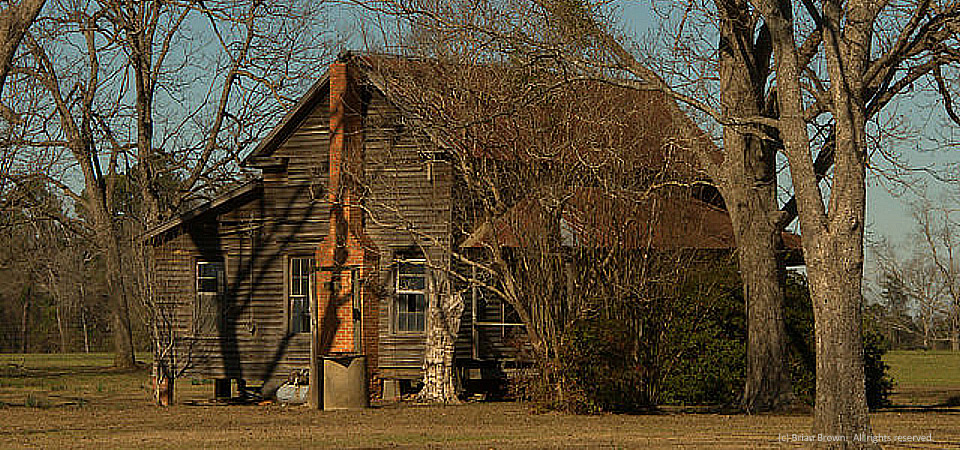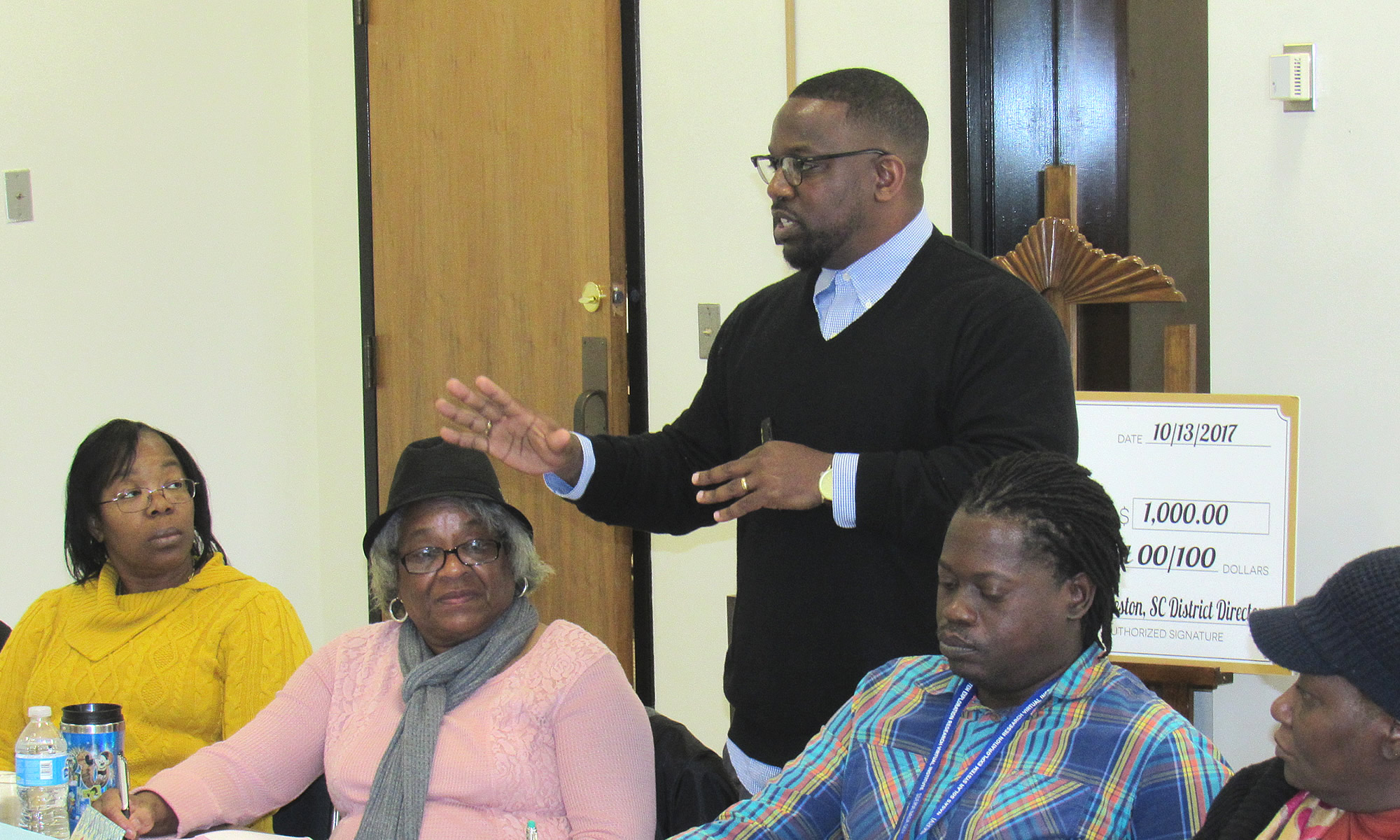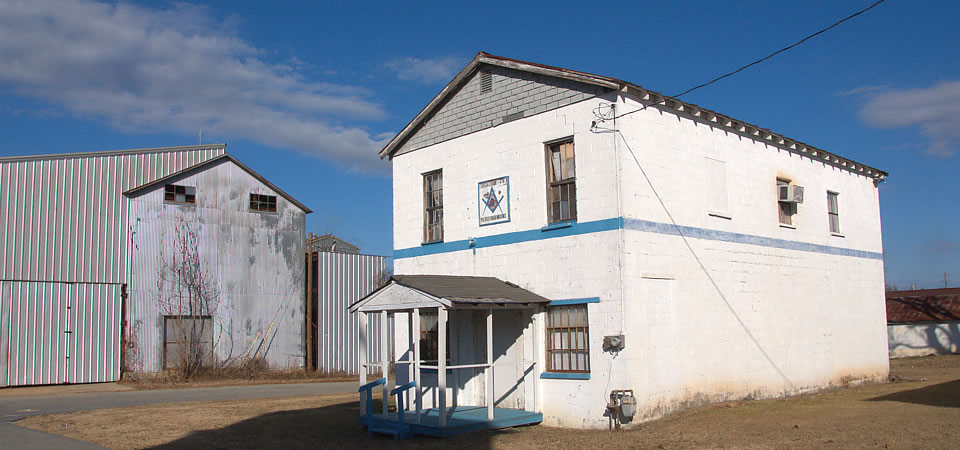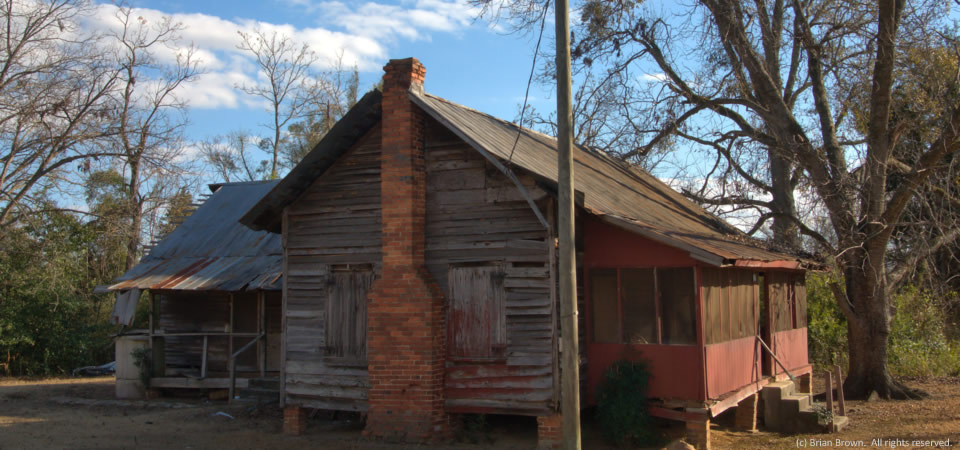
This vernacular, unpainted farmhouse near Denmark, Ga., sits in a pecan grove surrounded by fields. The photo, taken by VanishingSouthGeorgia.com’s Brian Brown, is part of the site’s series of pictures in Bulloch County, Ga.
Denmark is a dozen miles south of Bulloch County’s seat, Statesboro, home to Georgia Southern University. Yet the eastern Georgia county along Interstate 16 is deeply in poverty with 31 percent of residents living below the federal poverty line. Bulloch County, which has a median household income of $33,902, is home to 72,694 people (2012), two thirds of whom are white.
- More on Bulloch County, Ga., via Wikipedia.
- More BetterSouth photos from the Statesboro area
- QuickFacts from the U.S. Census.
Photo is copyrighted by Brian Brown. All rights reserved.










